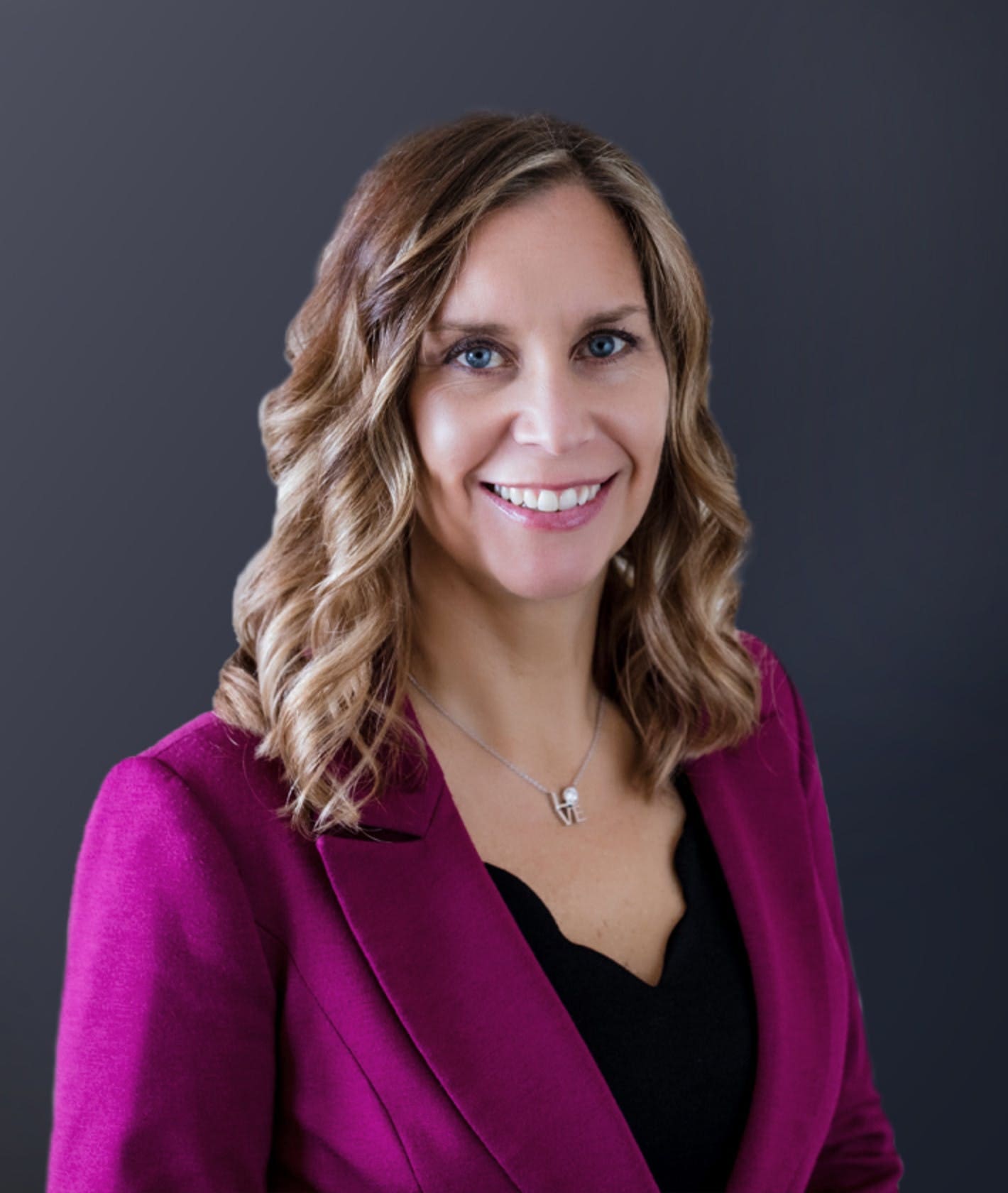 By Wendy Landrum, Partner, Baker Tilly
By Wendy Landrum, Partner, Baker Tilly
Software development and technology companies are experiencing constant pressure to remain competitive in a fast-evolving market of trends such as internet of things, artificial intelligence, blockchain, machine learning, cloud computing, data analytics, automation and cybersecurity. Those trends often force companies to reevaluate and change how they design and develop products and platforms.
Companies are not only devoting extensive effort, money and time into developing innovative offerings using these technologies, but also spending significant resources to reinvent the way they do business, blurring the line between technology companies and other industries. More companies are investing in the development of innovative technology offerings as well as transforming their businesses by adopting time- and money-saving technologies, such as automation, AI and machine learning.
Fortunately, federal and state governments offer R&D credits for organizations of all sizes developing or incorporating these technologies. These R&D credits result in a dollar-for-dollar reduction in income taxes and, if qualified, payroll taxes, providing cash flow for future investments in technology. The activities need only be evolutionary to the organization itself, not to the industry as a whole, to qualify.
Projects or activities must meet four criteria in order to include the related wages, supplies, cloud service provider costs or contract research costs in the R&D calculation.
- The activity must be technological in nature. The activity must be based on the principles of a hard science such as software engineering or computer science.
- The activity must be for a permitted purpose. The activity must involve the creation of a new or improved level of function, performance, reliability or quality.
- The activity must involve the elimination of uncertainty. The activity must explore what was not known at the start of the project. Can we develop it? How will we develop it? What is the appropriate design?
- The activity must involve a process of experimentation. Substantially all activities must include elements of experimentation such as: Evaluating one or more alternatives; performing testing or modeling; examining and analyzing hypotheses; refining or abandoning hypotheses.
A wide range of technical activities related to the development of these products and platforms may qualify for the R&D credit. Consider the examples below:
- Any software design/development activities directed at resolving software development uncertainties through an iterative process
- Designing and developing new products and/or product enhancements
- Developing product specifications or requirements, such as functional, design or test specifications
- Designing and integrating applications and technologies
- Developing new or improved technologies (e.g., new algorithms or methodologies)
- Designing, developing and testing client-specific applications
- Designing and developing software architecture
- Programming software source code
- Conducting functional and/or technical testing to validate design
- Compiling and testing source code
- Involvement in technical design/development meetings
- Direct technical supervision/support of the above activities
Here is an example of how a tech company may take advantage of the R&D credit:
The company’s in-house engineering and development teams create innovative platforms that integrate customers’ disparate payment channels into one. The development team has grown over the years in order to address technical challenges and uncertainty associated with the activities related to new integrations, new product features and higher volume, which means the R&D credit has also grown.
As the company continues to innovate, it will keep receiving benefits from the R&D credit, including: Reducing its tax liability; increasing its cash flow; increasing and optimizing its investment in new technology; and taking advantage of R&D credit opportunities
Landrum is a partner and member of Baker Tilly’s specialty tax services team and can be reached at wendy.landrum@bakertilly.com. Baker Tilly Senior Consultant Logan Monson also contributed to this article. Learn more at BakerTilly.com


